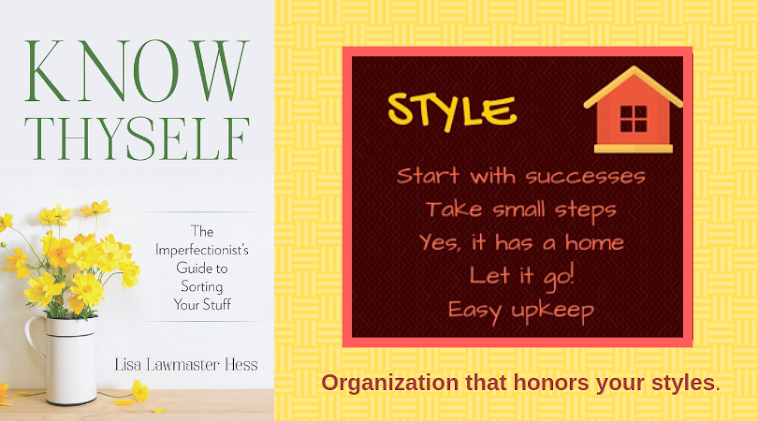 |
| Shawshank61 via Pixabay |
I love the show What Not to Wear. On a recent episode (well, maybe not recent -- I watch reruns), Stacy and Clinton did a makeover where their primary complaint was that the woman's wardrobe was boring -- too many neutrals. She had the essence of putting an outfit together, but her outfits didn't meet with their approval.
Gotta say this one hit a little close to home for me. My work wardrobe is light on the khakis and white button-downs, but probably 75% black and white (literally). Sometimes, I think I should branch out a little (or at least stop buying more of the same) but, the truth is, when everything in my closet pairs easily, it makes getting ready for work much more efficient.
While I do endeavor to structure my outfits so I don't look like I'm wearing the same thing every day, I think this is one place where I might part ways with Stacy and Clinton. Though I sometimes get bored with my color palette, I like the advantages my dichromatic closet offers -- like saving time getting ready and requiring less space to store a wide variety of multicolored outfit selections.
If you, like me (or the contestant on What Not to Wear) are happy with a wardrobe that encompasses only part of the rainbow, here are three keys to spicing things up.
- Add brights. When I'm tired of black and white (which happens at least once a week), it's easy to swap out a white sweater or jacket for one in coral, fuchsia or red. Or, on a casual day, trade in the black bottoms for a pair of jeans which, like black and white, go with nearly everything.
- Look for patterns. Despite their convenience, solid black and white get old fast. Patterned blouses can dress up black pants and a long, black sweater can tone down printed or patterned slacks for a more professional look. I have at least two pairs of pants in an animal print, along with a comfy pair of black and white pull-on pants in spotted pattern that mimics an animal print. On their own, they make quite statement. Pulled together with a black tunic, sweater or jacket, they tame quite nicely and decrease the boredom factor as well.
- Accessories. There were many mornings I looked in the mirror at my basic black ensemble and yawned. Over time, I've learned that the right shoes, earrings or necklace take even a solid black outfit from blah and boring to fabulous and fashionable. And, with so much black in my wardrobe, I have a ready answer when my family asks what I want for Christmas or my birthday -- a necklace that goes with black tops.
I can't say Stacy and Clinton were wrong to want to jazz up the contestant's wardrobe, but I can say that it's one time I hated to see them trash an old wardrobe when the biggest fashion crime some of the pieces committed was lack of color. And, for those of us not bearing a $5000 gift card for a new wardrobe shopping spree, sticking with the basics and using our much smaller budgets for a few key pieces can jazz up our wardrobes -- or our homes -- quite nicely.
 |
| AdenArdenrich via Pixabay |



















